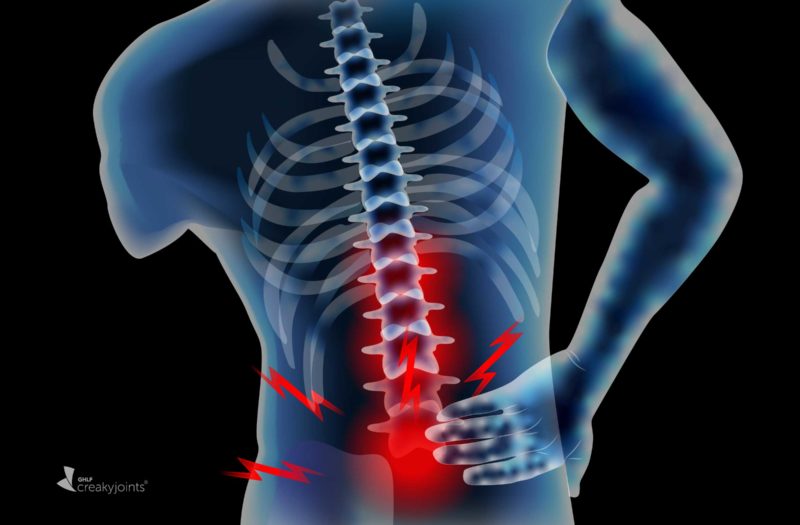Most people with axial spondyloarthritis (axSpA) have chronic low back pain and inflammation of the sacroiliac jointsthat connect the pelvis to the lower spine. This inflammation can often be seen on MRIs, which show soft tissue in addition to bones. But X-rays — which focus on bones and, in the case of axSpA, bone deformities — are another story. When axSpA patients get X-rays, only some of them have visible damage to the sacroiliac joints themselves. Those who do are considered to have radiographic axSpA (r-axSpA) — also called ankylosing spondylitis — whereas those who don’t are diagnosed with non-radiographic axSpA (nr-axSpA).
Whether this distinction is important is a matter of debate. Recent studies have indicated that nr-axSpA is often as painful and debilitating as ankylosing spondylitis and that patients in both groups may benefit from the same disease-modifying medications. Some experts believe that these two conditions are really one and the same, and that r-axSpA is simply a more advanced stage of nr-axSpA.
Should rheumatologists even bother classifying patients in this manner? Despite the similarities between r-axSpA and nr-axSpA, a new study, presented at the European E-Congress of Rheumatology 2020, held virtually by the European League Against Rheumatism (EULAR), suggests that two categories may be worth preserving.
The study, which was led by researchers from Switzerland, aimed to find out whether people with nr-axSpA were as likely as those with r-axSpA to develop damage to the spine itself. It turns out they are not: Hardly anyone who had nr-axSpA at baseline developed spinal damage within two years.
The study included 418 patients with r-axSpA and 88 with nr-axSpA who were part of the Swiss Clinical Quality Management cohort. Participants had pelvic and spinal X-rays conducted when the study began and again two years later.
“Spinal structural damage is mainly restricted to patients with r-axSpA, leading to relevant prognostic and therapeutic implications,” the authors concluded.
This educational resource was made possible with support from UCB, a global biopharmaceutical company focused on neurology and immunology.
Found This Study Interesting? Get Involved
If you are diagnosed with arthritis or another musculoskeletal condition, we encourage you to participate in future studies by joining CreakyJoints’ patient research registry, ArthritisPower. ArthritisPower is the first-ever patient-led, patient-centered research registry for joint, bone, and inflammatory skin conditions. Learn more and sign up here.
Diagnosis and Differential Diagnosis of Axial Spondyloarthritis (Ankylosing Spondylitis and Nonradiographic Axial Spondyloarthritis) in Adults. UpToDate.
https://www.uptodate.com/contents/diagnosis-and-differential-diagnosis-of-axial-spondyloarthritis-ankylosing-spondylitis-and-nonradiographic-axial-spondyloarthritis-in-adults.
Hebeisen M, et al. Spinal Radiographic Progression in Axial Spondyloarthritis and the Impact of Classification as Nonradiographic Versus Radiographic Disease. Annals of the Rheumatic Diseases. Volume 79, Supplement 1. 2020.






